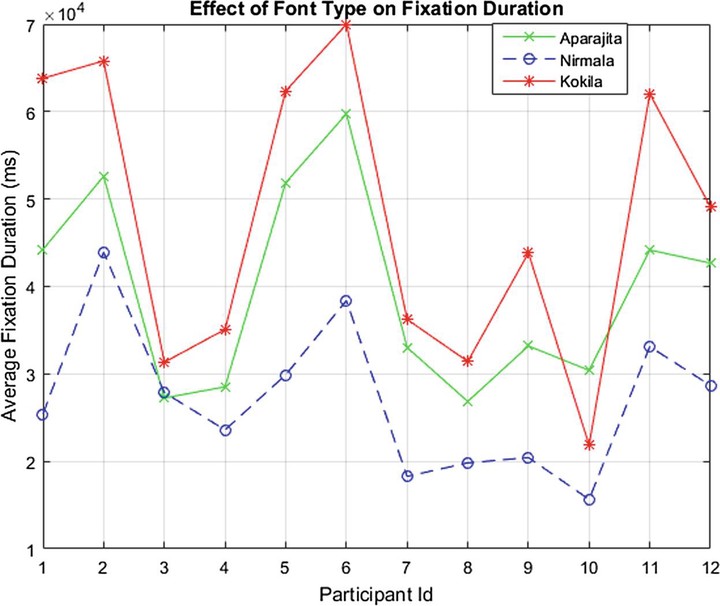Effect of Devanagari Font Type in Reading Comprehension: An Eye Tracking Study

Abstract
In this world of digitization, screen reading has grown immensely due to the availability of affordable display devices. Most of the people prefer to read on display devices as compared to the print media. To make the reading experience of the reader pleasant and comfortable, the font designers strive hard to choose suitable typographical properties of the text such as font type, font size etc. Some of the researchers suggest that the typography of the text affects the reading performance of the readers to some extent. However, the research focusing on the effect of typography on the reading behavior of the readers is limited and it is hardly touched upon for the Indian scripts. Therefore, the proposed paper aims to find out the effect of Devanagari font type on the reading performance, especially reading comprehension of the readers. In addition to this, a method to reduce the error in the gaze estimation of the eye tracker is also proposed. In order to understand the reading behavior, an eye tracking experiment is performed on 14 participants asking them to read 22 pages, in 3 different font types, presented on the screen of the eye tracker. The performance of the readers is analyzed in terms of total reading time, comprehension score, number of fixations, fixation duration and number of regressions. Our results show that there is a significant difference in the fixation duration, a number of fixations and the comprehension score, when the same document is read in different font type. Thus, there is a scope for improvement in the reading comprehension, by changing the physical properties of the document without changing its content. These findings might be useful to understand the readers’ preference for the font and to design a proper font type for online reading.